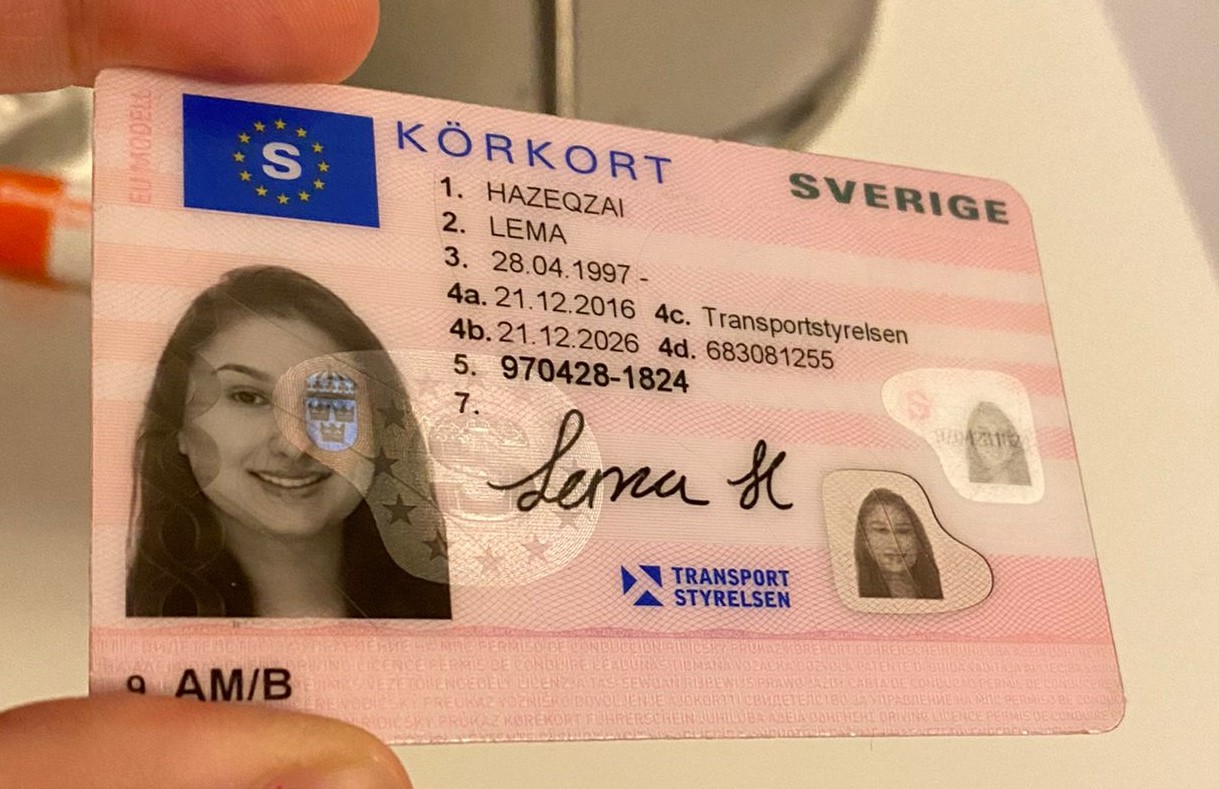7 Helpful Tips To Make The Most Of Your Address Transportstyrelsen

Understanding Transportstyrelsen: Sweden's Transport Agency
Transportstyrelsen, or the Swedish Transport Agency, plays a vital function in the management and regulation of various transportation sectors within Sweden. Responsible for guaranteeing safe, efficient, and sustainable transport systems, this agency manages a wide array of transportation modes, consisting of roadway, rail, air travel, and maritime. This short article dives into the company's structure, functions, regulations, and impact on the Swedish transport landscape.
Overview of Transportstyrelsen
Developed mainly to improve the management of the transport sector, Transportstyrelsen combines numerous functions related to traffic security, facilities, and environmental impact. The firm operates under the Ministry of Infrastructure and works in collaboration with local governments, private sector stakeholders, and international companies.
Key Functions of Transportstyrelsen
Transportstyrelsen's duties include a broad scope, which can be summarized as follows:
Regulatory Framework Development
- Establish policies and standards for all transport modes.
- Screen compliance and enforce applicable laws and directives.
Licensing and Registration
- Manage the licensing process for motorists and transport organizations.
- Keep an extensive database of authorized cars and aircraft.
Traffic Safety Promotion
- Conduct research study and gather information on transport safety.
- Execute projects focused on increasing public awareness about traffic safety.
Sustainability Initiatives
- Promote environmentally friendly transportation options.
- Encourage the adoption of electric and alternative fuel lorries.
International Collaboration
- Engage with other European and international transport authorities.
- Take part in initiatives targeted at harmonizing transportation policies across borders.
Organizational Structure
Transportstyrelsen is arranged into several departments, each focusing on particular transport modalities:
- Road Traffic Department
- Railway Department
- Maritime and Air Traffic Department
- Environment and Sustainability Department
- Economic Analysis and Strategy Department
This structure allows for specialization and focused efforts in managing the varied elements of transportation within Sweden while guaranteeing that all departments work collaboratively toward typical goals.
| Department | Key Responsibilities |
|---|---|
| Roadway Traffic Department | Manages motorist licensing, car registration, and roadway safety policies. |
| Railway Department | Manages train safety, facilities development, and service quality. |
| Maritime and Air Traffic Department | Manages shipping and aviation, ensuring compliance with security requirements. |
| Environment and Sustainability Department | Addresses transport-related ecological problems and promotes sustainability practices. |
| Financial Analysis and Strategy Department | Performs financial analyses to inform policy and strategy on transportation initiatives. |
Effect on the Swedish Transport System
Transportstyrelsen's impact on the Swedish transport system is profound. The firm's policies and policies shape the safety, effectiveness, and ecological impact of transport in Sweden. Secret contributions consist of:
- Enhanced Safety Standards: By setting strict safety policies and continuously monitoring compliance, the agency helps lower accident rates and improve total road, rail, and air security.
- Promo of Public Transport: Through financial investments and support for public transportation systems, the agency motivates a shift from personal vehicle dependence to more sustainable and eco-friendly transportation modes.
- Support for Innovations: The company cultivates innovation in the transportation sector by supporting brand-new technologies such as electrical cars and clever traffic systems, intending to meet both present and future challenges in transportation logistics and ecological security.
Guideline Compliance
To make sure compliance with Transportstyrelsen's guidelines, stakeholders in the transportation sector should comply with various guidelines and requirements. This consists of obtaining essential licenses, undergoing assessments, and submitting reports on safety efficiency.
Important Compliance Areas
- Chauffeur Licensing Requirements
- Lorry Inspection Standards
- Security Protocols for Transport Operations
- Environmental Regulations for Vehicle Emissions
- Operational Standards for Public Transport Services
Infractions of these policies can lead to substantial charges, consisting of fines and the revocation of licenses or licenses.
Often Asked Questions (FAQs)
What is Transportstyrelsen? Köpa Äkta Körkort , or the Swedish Transport Agency, is the federal government authority accountable for managing all elements of transportation in Sweden, consisting of roadway, rail, maritime, and aviation sectors. How does Transportstyrelsenguarantee security in transportation?The company develops and enforces regulations, performs research study, and implements safety campaigns to promote safe transportation practices among all roadway users. What kinds of vehicles does Transportstyrelsen regulate?Transportstyrelsen manages a large range of vehicles, including automobile, business automobiles, motorbikes, aircraft, and maritime
vessels. How can I get in touch with Transportstyrelsen?Transportstyrelsen can be gotten in touch with by means of their main site where numerous resources, contact information, and forms for inquiries are offered.
Is there an appeal process for licensing choices made by Transportstyrelsen?Yes, individuals and companies can appeal choices made by Transportstyrelsen concerning licenses and regulations as described in their main
guidelines. Transportstyrelsen is an important part of Sweden's transport landscape, ensuring that the systems in location are not only efficient and efficient however likewise safe and ecologically conscious. Its complex responsibilities,
from guideline to public security, establish a structure that benefits both the Swedish population and the more comprehensive transportation network. Comprehending Transportstyrelsen's roles and functions helps stakeholders navigate the intricacies of the transport sector, promoting compliance and promoting developments required for future sustainability.

